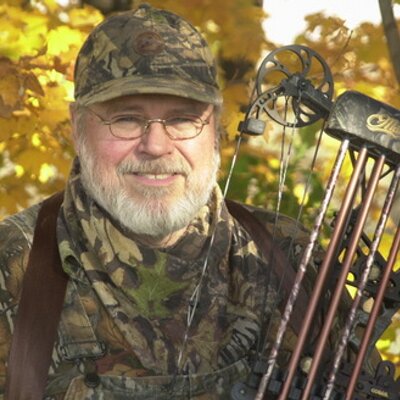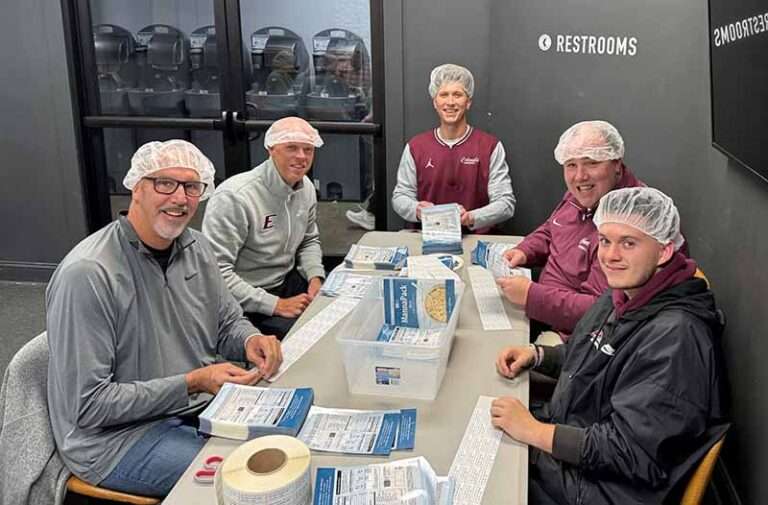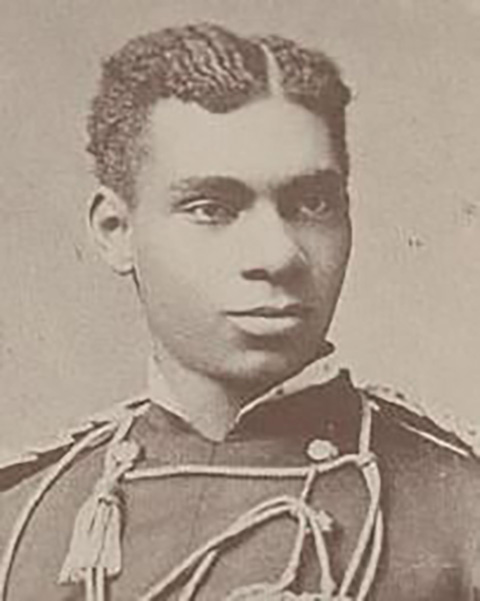The Red-winged Blackbird (Agelaius phoeniceus) is a native species found year-round in Kentucky.
But, their occurrence is somewhat irregular since some birds move south for the winter, while others join large, migrating flocks of birds from the northern reaches of their range, moving around the region.
According to The Kentucky Breeding Bird Atlas, the Red-winged Blackbird is “most numerous in western Kentucky where wetlands and agricultural lands provide an abundance of nesting habitat…a common summer resident, except in the heavily forested portions of eastern Kentucky.”

Because these birds spend most of their time in thick brushy habitat, and flock up during the winter, the best chance to see one up close might be on a warm late winter day, when males separate from winter flocks and start staking out territories.
That’s why they are often observed at backyard bird feeders this time of year on the suburban rural interface.
The Red-winged Blackbird is a member of family Icteridae, and was formally described in the scientific literature by Carl Linnaeus in 1766. They are present in all of the Lower 48 states. There are at least 22 subspecies.
East of the Mississippi River, populations nest as far north as Central Canada and the Great Lakes states. And interestingly, they also nest on balds on the Appalachian Mountain summits and crests covered primarily by thick vegetation of native grasses or shrubs, as far south as West Virginia, even though their numbers are very low in heavily-forested areas in the region.
Size and coloration

Males are larger than females, averaging 8.7 to 9.4 inches in length, weighing 2.3 ounces or more, with a wingspan of about 12 inches.
The male’s plumage is a deep, shiny black, with distinctive red shoulder patches (epaulets), which are visible when the bird is flying or displaying. At rest, the male also shows a pale yellow wingbar.
The female is blackish-brown and paler below, with white and dark veining.
Both sexes have a sharply pointed bill. Their tails are medium length and rounded, the eyes, bill, and feet are black.
Their song is a musical, rising “o-ka-la.”
Habitat
The preferred habitat of the Red-winged Blackbird is wetlands, particularly if cattails are present. They are also found in upland areas, on meadow edges, prairies, and grown up old fields.
Diet
The Red-winged Blackbird’s diet is mostly insects and seeds, feeding on many insects during the summer, including beetles, caterpillars and grasshoppers, also spiders, millipedes, and snails. Seeds eaten are typically those of grasses, weeds, and waste grain. They also consume some berries and small fruits.
Most of the time they forage while walking on the ground, but sometimes up in shrubs and trees.
Courtship and nesting
In Kentucky, males return to nesting areas in late February and early March, and females soon thereafter.

To defend his territory and attract a mate, the male perches on high stalk with feathers fluffed out and tail feathers spread. He lifts his wings so that red shoulder patches are prominent, and sings.
Adults are very aggressive in their nesting territory, attacking larger birds that approach, and loudly protesting human intruders.
As soon as there is sufficient cover for nesting, nest building commences.
In Kentucky, clutch completion has been noted as early as mid-April, with a peak of nesting in late May. Most pairs raise a second brood, as late as July. Males typically mate with two or more females in their territory.
The nest is often placed in cattails around wetlands, or in bushes or saplings close to water, or in dense grass in fields.
The nest is built by the female and is bulky open cup, lashed to standing vegetation, made of grass, reeds, leaves, rootlets, and lined with fine grass.
Eggs and young
Females typically lay 3 to 4 pale blue-green eggs, with markings of black, brown, purple concentrated at larger end. Incubation is by female only, and lasts for 10 to 12 days. Both parents feed nestlings, and they leave the nest about 11 to 14 days after hatching.
In late winter in Kentucky Red-winged Blackbirds are often observed in large flocks in fields along rural roadsides, in the company of Starlings and Grackles, but your best chance to see one up close might be as these flocks disperse.
The male’s striking plumage is unmistakable.


















